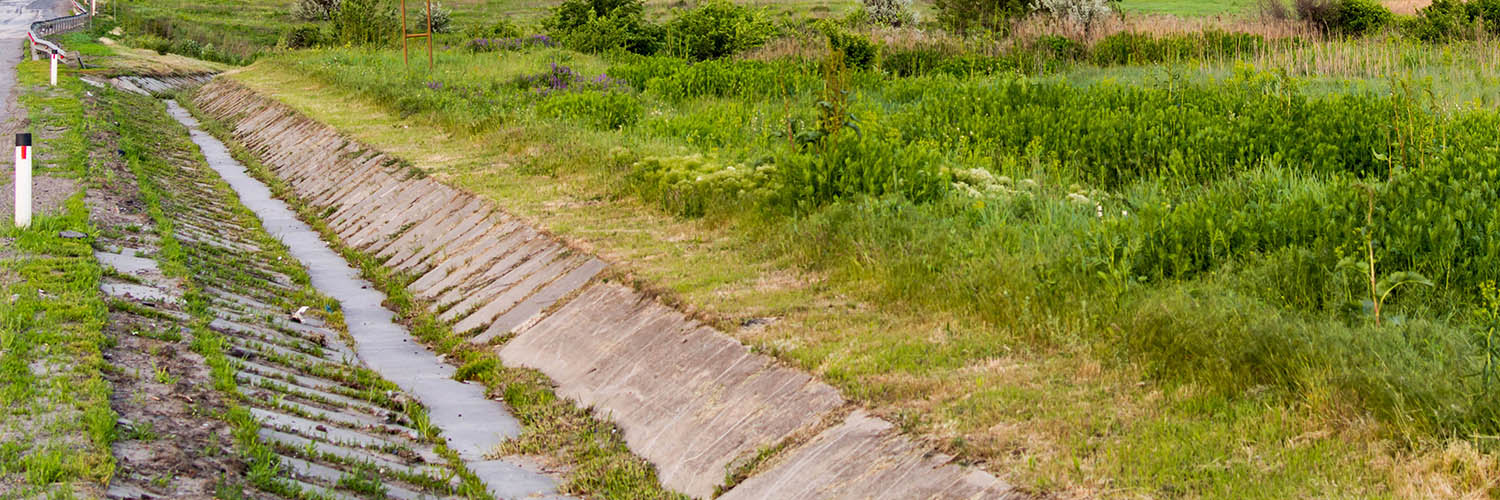Intro
The Horry County Stormwater Department maintains drainage systems in Horry County. They also conduct mosquito spraying and issue stormwater permits.
To report a drainage or water quality problem, please call the hotline: 843-381-8000.
Stormwater Refund Request
Citizens who have been notified of their eligibility to receive a Stormwater Refund may begin that process by completing the Stormwater Refund form here. Using this form you may also opt to donate your refund to the Horry County Animal Care Center.
Community Workshop
The Know Your Neighborhood HOA Workshop is scheduled for October 20, 2023, at the North Strand Recreation Center. Our workshop is a neighborhood guide to knowing how a stormwater system, such as a retention pond, is a tool for managing the runoff that results from rainfall. These systems need to be maintained in order to keep them functioning correctly to help flooding and water quality concerns.
Mosquito Control
Due to its connection to water, mosquito control is a responsibility of the Stormwater Department. The County expends significant resources to control mosquitoes by aerial sprayings, truck and ATV treatments, and larvacide applications. Strict procedures govern when and how treatments are applied. Citizens with health concerns or beekeeping operations can request exclusions.
Don't Spray
Encroachment Permit Form
The Horry County Storm Water Department reviews such requests individually and, upon approval, issues an encroachment permit for the placement of items within the County's outfall easement. Encroachment permits are issued at no charge by the Storm Water Department. If you have trouble displaying the form online, we will be happy to mail a copy OR you can stop by the Storm Water Department to pick one up.
Links
Stormwater
8am–5pm
Conway, SC 29526
Conway, SC 29526
